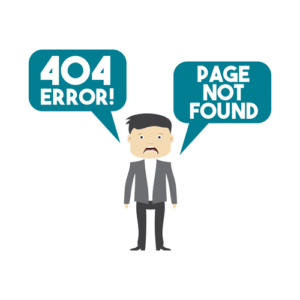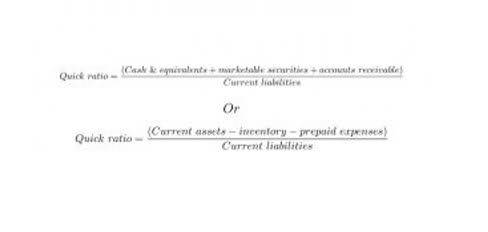
The units of output method is based on an asset’s consumption of measurable units. It is most likely to be used when tracking machine hours on a machine that has a useful life of a given number of total machine hours. The depreciation expense calculated by the double declining balance method may, therefore, be greater or less than the units of output method in any given year. The double declining balance method is an accelerated depreciation method that multiplies twice the straight-line depreciation method. In contrast, the units of production method ties depreciation expenses directly to the asset’s usage.
- Eric also creates free accounting resources, including manuals, spreadsheet trackers, and templates, to support small business owners.
- While most companies would look to avoid using the double declining balance method for depreciating their assets, some may still go with it.
- While the double declining balance method emphasizes rapid depreciation, the salvage value plays a role in ensuring total depreciation does not reduce the book value below this amount.
- For example, companies may use DDB for their fleet of vehicles or for high-tech manufacturing equipment, reflecting the rapid loss of value in these assets.
- It will appear as a depreciation expense on your yearly income statement.
Calculating Depreciation Expense Using DDB

In case of any confusion, you can refer to the step by step explanation of the process below. The DDB depreciation method offers businesses a strategic approach to accelerate depreciation. When it comes to taxes, this approach can help your business reduce its tax liability during double declining balance method the crucial early years of asset ownership.
Why Is Double Declining Depreciation an Accelerated Method?
Double declining balance depreciation isn’t a tongue twister invented by bored IRS employees—it’s a smart way to save money up front on business expenses. Our team is ready to learn about your business and guide you to the right solution. At the beginning of the second year, the fixture’s book value will be $80,000, which is the cost of $100,000 minus the accumulated depreciation of $20,000. When the $80,000 is multiplied by 20% the result is $16,000 Interior Design Bookkeeping of depreciation for Year 2. Accountingo.org aims to provide the best accounting and finance education for students, professionals, teachers, and business owners.
Disadvantages of Double Declining Balance Depreciation
By applying the DDB depreciation method, you retained earnings can depreciate these assets faster, capturing tax benefits more quickly and reducing your tax liability in the first few years after purchasing them. FitBuilders estimates that the residual or salvage value at the end of the fixed asset’s life is $1,250. Since we already have an ending book value, let’s squeeze in the 2026 depreciation expense by deducting $1,250 from $1,620. The current year depreciation is the portion of a fixed asset’s cost that we deduct against current year profit and loss. The accounting concept behind depreciation is that an asset produces revenue over an estimated number of years; therefore, the cost of the asset should be deducted over those same estimated years. Deskera Books is an online accounting software that your business can use to automate the process of journal entry creation and save time.
Step 3: Compute the Ending Book Value
- That means you get the biggest tax write-offs in the years right after you’ve purchased vehicles, equipment, tools, real estate, or anything else your business needs to run.
- Unlike other depreciation methods, it’s not too challenging to implement.
- The double-entry record will be auto-populated for each sale and purchase business transaction in debit and credit terms.
- Double declining balance depreciation allows for higher depreciation expenses in early years and lower expenses as an asset nears the end of its life.
- This makes it ideal for assets that typically lose the most value during the first years of ownership.
- This approach is useful when the asset’s wear and tear correlate directly with its activity level.
An asset for a business cost $1,750,000, will have a life of 10 years and the salvage value at the end of 10 years will be $10,000. You calculate 200% of the straight-line depreciation, or a factor of 2, and multiply that value by the book value at the beginning of the period to find the depreciation expense for that period. DDB is a specific form of declining balance depreciation that doubles the straight-line rate, accelerating expense recognition. Standard declining balance uses a fixed percentage, but not necessarily double. Both methods reduce depreciation expense over time, but DDB does so more rapidly. Multiply the straight line depreciation rate by 2 to get the double declining depreciation rate.


